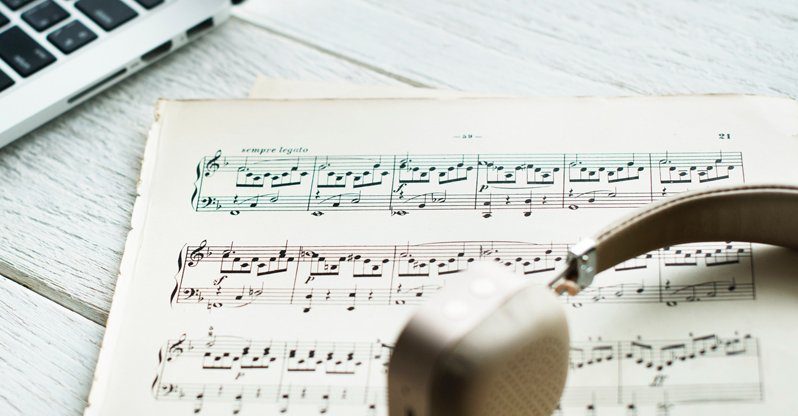Minor chords are one of the most essential chord types in music.
They’re part of the basic music theory vocabulary you’ll have to write songs or produce tracks.
However, what are minor chords really? How do people create minor chords and when do people use them?
In this article, we’ll go over a complete guide you should know about minor chords.
What are minor chords?
Minor chords are the set of chords that include a characteristic minor third interval away from the basis. They’re typically associated with sad or melancholic emotions.
The best type of a minor chord is the minor triad which consists of the basis, minor third, and perfect fifth intervals.
Here’s the basic minor triad in A minor:
When you need a refresher on how intervals work in music, head over to our information to brush up. In case you just need the basics, intervals are the distance between musical notes in scale degrees.
For the minor triad, it’s essential to know minor third is three semitones away from the basis and a perfect fifth is seven semitones away from the basis.
If you’re familiar with the minor scale you may also simply use the formula to count scale steps by the quantity in the interval itself.
Minor 7th chords and extended minor chords may be created using the fundamental formula for a minor triad. These include the minor 9 and minor 11 chords that are frequently used in jazz chord progressions.
Most of the diatonic chords in the fundamental musical scales are minor, making them a fixture of almost any musical composition.
Minor chord inversions
Like any other chord in music, people can play minor chords with their notes arranged in several orders.
These are inversions. They’re used to provide chords a slightly different flavor or goal in an arrangement.
Minor triads can be arranged into two inversions apart from the root position. Minor seventh chords have three unique inversions.
Root position is the simplest minor triad chord voicing. It’s written with the root note in the lowest voice and rest stacked on top like a snowman.
The first inversion has a third of the triad in the lowest voice and the root written an octave above:
The third inversion has the fifth within the lowest voice. Here is how to write it:
The way to use minor chords in your music
People use minor chords everywhere in the music.
In major keys, minor chords usually function in a predominant role. That means they happen between the tonic chord and the dominant chord in a harmonic progression.
This occurs usually in jazz music where the ii-V-I pattern in major is the foundation of most chord changes.
Actually, if you layout the diatonic chords of C major, you’ll discover that ii, ii, and vi are all minor and may all be used as predominant chords before V.
In minor keys, minor chords play an important role in both tonic and predominant functions. These are the especially brooding and gloomy minor progressions often found in sad music.
However, that’s not all you are able to do with minor chords.
Artistic songwriters love to borrow chords from scales outside of the main key.
This is especially common with minor chords because they can subvert expectations without feeling too far outside the norm.
For instance, it’s common to borrow the minor iv chord from the minor scale to boost the sound of a diatonic major progression.
One of the most famous examples is Radiohead’s “Creep” which features the minor iv at the end of the verse progression before circling back to the tonic.
These are just a few of the ways minor chords can work in your music—listing all of them would be too much!
With such a basic chord type, they use minor chords in almost every way imaginable.
Essential chord types
Learning the basic chord types and the way they work is a crucial step in your journey with music theory.
If you want to create chord progressions and use them to write down songs or tracks, minor chords will need to be in your toolbox.
However, if you’ve made it through this text you’ll have an excellent basis to start using minor chords.


